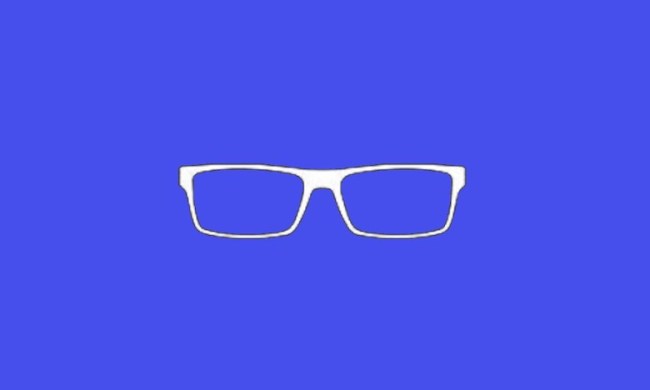Rumors have long suggested that Apple was planning on launching an augmented reality headset in 2020, but according to a new report, that date may be a little optimistic. According to a report from The Information, Apple held a meeting in October in which the road map for the device was discussed — and it now looks like it may not arrive until 2022.
The report notes that Apple’s current plan is to launch an Oculus Quest-type headset in 2022, followed by a sleeker glasses-type headset in 2023.
According to the report, the first headset will offer “high-resolution” eyepieces that would allow users to read “small type.” It will also have cameras on the outside, which will allow users to interact with digital objects in their environment, as well as be able to map rooms.
The specs for the glasses aren’t as clear. The report mentions that existing prototypes look like sunglasses, and have thick frames to house processors and a battery.
Apple has high hopes for both of these products. The goal for the headset is to ultimately replace the iPhone, which Apple hopes to do within the next decade or so. The glasses will be built to be worn during the day.
Ultimately, many predict that augmented reality glasses could replace all the screens in your life. For example, you could use accessories like a keyboard with the headset as a computer, meaning you don’t necessarily need a laptop or another computer. You won’t necessarily even need a TV — you’ll be able to watch your favorite TV shows and movies on the glasses.
We’ve seen plenty of patents that hint at what the AR glasses could end up looking like. For example, the glasses could offer transition-type lenses that automatically darken in well-lit environments. This would allow users to more easily see digital elements that would otherwise by hard to see in well-lit spaces. One patent even suggests that one of the headsets may offer 8K displays, which lines up with the concept that the first headset will have a high-resolution display. With an 8K resolution, it may be hard to distinguish individual pixels, even at such a short distance.



